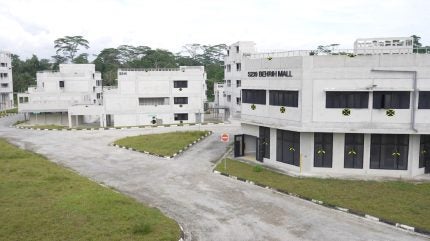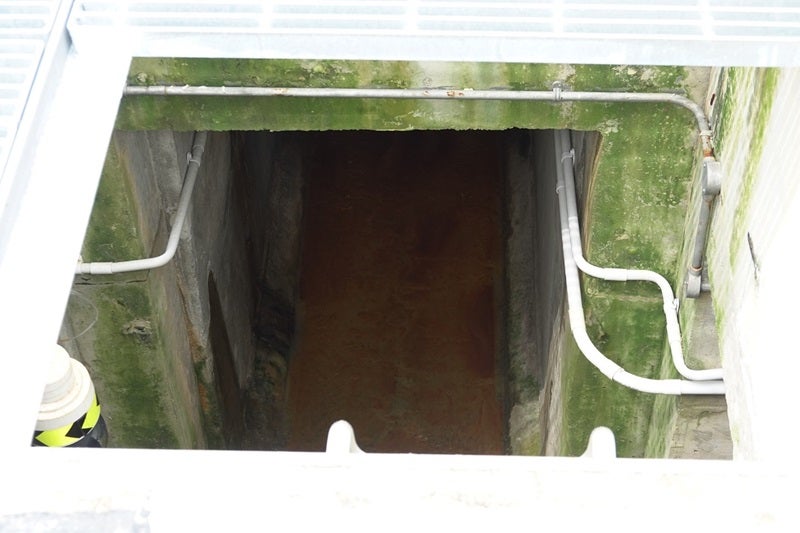
Singapore Armed Forces Training Institute (SAFTI) will improve training in built-up urban areas with the launch of the first sector of its new exercise facility on 19 March 2025.
The new training space, which opened for the first time in October 2024, and was launched yesterday by the Minister of Defence Dr Ng Eng Hen, comes under the command of the Training and Doctrine Command.
In ‘SAFTI City’, as the complex is known, personnel will operate in a dense urban layout with a mix of low and high-rise buildings spanning 17 hectares. Approximately 11,000 sensors are dispersed within buildings.
The facility captures the granular details of a city: multiple entries and exits, interconnected buildings and a subterranean environment. Built-in swing panels allow road networks, traffic flow and structures to be configured to adapt to different training scenarios.
Likewise, combat experience includes smart targets with a ‘shoot-back’ capability. Static two-dimensional targets simulate sudden engagements while three-dimensional moving targets, mounted on wheels, are able to travel up to 10 kilometres per hour and replicate a human’s thermal signature.

This simulated environment can host various scenarios from peace to war, including homeland security, counter-terrorism, and disaster relief operations.
Overall, SAFTI City is split into two sectors. This first sector constitutes what is called the ‘first phase’ of the centre, which replicates a civil environment.
The second sector, known as ‘phase two’, which has yet to be launched, will simulate an industrial space, comprising a petrochemical complex, warehouses, container parks and industrial buildings.
Russia-Ukraine conflict: urban operations
Principally, the facility will represent the shift in defence towards high intensity warfare (HIW), exacerbated by emerging technologies, in a concentrated urban setting.
Speaking at the launch, Dr Ng acknowledged the shift towards city-based combat: “Urban operations will increasingly play a role in any military… I think this investment in [the] training facility will last for a generation and beyond.”
Over the last three years, Russia’s invasion of Ukraine has demonstrated the HIW that comes with operating in confined cityscapes, most notably in the city of Bakhmut.
Moving away from the single domain style of fighting in historical city conflicts such as Stalingrad during the Second World War, the environment has become more digitised and contested in the electromagnetic spectrum (EMS).
According to GlobalData intelligence, “due to the lack of resources [in Ukraine], many command units have been forced to adapt and adopt civilian technology to maintain optimal situational awareness, which though cost-effective is often not fit for purpose and thus vulnerable to hostile interference.”
Attritional warfare is also synonymous with urban conflict. After the Russian armed forces proved incapable of inflicting a rapid and decisive military defeat on their Ukrainian opponents, the war devolved into more conventional attritional fighting.
Russian strategy translated to a broader aim of effecting the complete physical destruction of Ukrainian military capabilities as well as their capacity to replace losses sustainably based on their quantative edge over the asymmetric advantage of Ukraine’s armed forces.
Russia’s forces have sustained 900,000 casualties, according to the UK Ministry of Defence. Of these, up to a quarter of million have been killed. This constitutes Russia’s largest losses since the Second World War.
Russia’s President Vladimir Putin and his military chiefs, the British update said, “are almost certainly prepared to tolerate continuously high casualty rates so long as this does not negatively affect public or elite support for the war, and those losses can be replaced.”



